Life
Sign up for our newsletter
We summarize the week's scientific breakthroughs every Thursday.
-
 Life
LifeMicroscopes have come a long way since 1665
A 350-year-old drawing in Robert Hooke’s Micrographia and an award-winning photo demonstrate the evolution of the microscope.
By Andrew Grant -
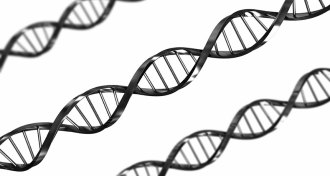 Genetics
GeneticsNew catalog of human genetic variation could improve diagnosis
Study of human protein-coding variation reveals which genes are more likely to be involved in genetic diseases.
-
 Life
Life‘Racing Extinction’ documents plight of endangered species
The new documentary "Racing Extinction" offers hope that people can halt the sixth mass extinction.
-
 Neuroscience
NeuroscienceViva vagus: Wandering nerve could lead to range of therapies
Researchers are testing ways to stimulate the vagus nerve to treat a slew of ailments.
-
 Anthropology
AnthropologyMummified boy’s DNA unveils new but ancient maternal lineage
An Inca child’s DNA shows he hailed from a newly identified line of maternal ancestors.
By Bruce Bower -
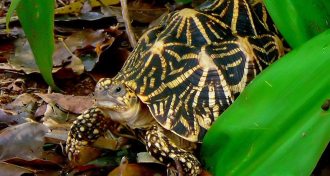 Animals
AnimalsTortoises provide a window into the illegal wildlife trade
Tens of thousands of Indian star tortoises are poached every year, a new study finds.
-
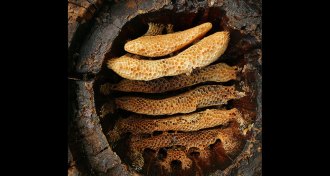 Archaeology
ArchaeologyHoneybees sweetened early farmers’ lives
Residue on pottery pegs ancient farmers as devotees of honeybee products.
By Bruce Bower -
 Health & Medicine
Health & MedicineAntibodies to fight Alzheimer’s may have unexpected consequences
Alzheimer’s-targeted antibodies make neurons misbehave even more, a study of mice shows.
-
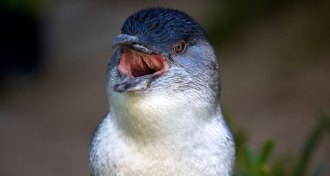 Animals
AnimalsWindy days mean smaller meals for little penguin chicks
Wind speed appears to affect how much food little penguins can bring home for their chicks.
-
 Life
LifeGene editing helps a baby battle cancer
Doctors used molecular scalpels to tweak T cells to target leukemia but not harm the patient.
-
 Anthropology
AnthropologyAncient hominids used wooden spears to fend off big cats
Saber-toothed cat remains suggest ancient hominids used wooden spears as defensive weapons.
By Bruce Bower -
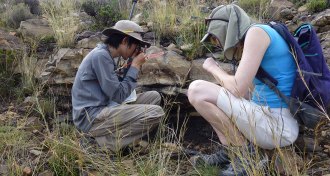 Paleontology
PaleontologyLand life spared in Permian extinction, geologists argue
New rock layer dating in South Africa’s Karoo Basin suggests that extinctions of land species didn’t coincide with the Permian extinction around 252 million years ago.